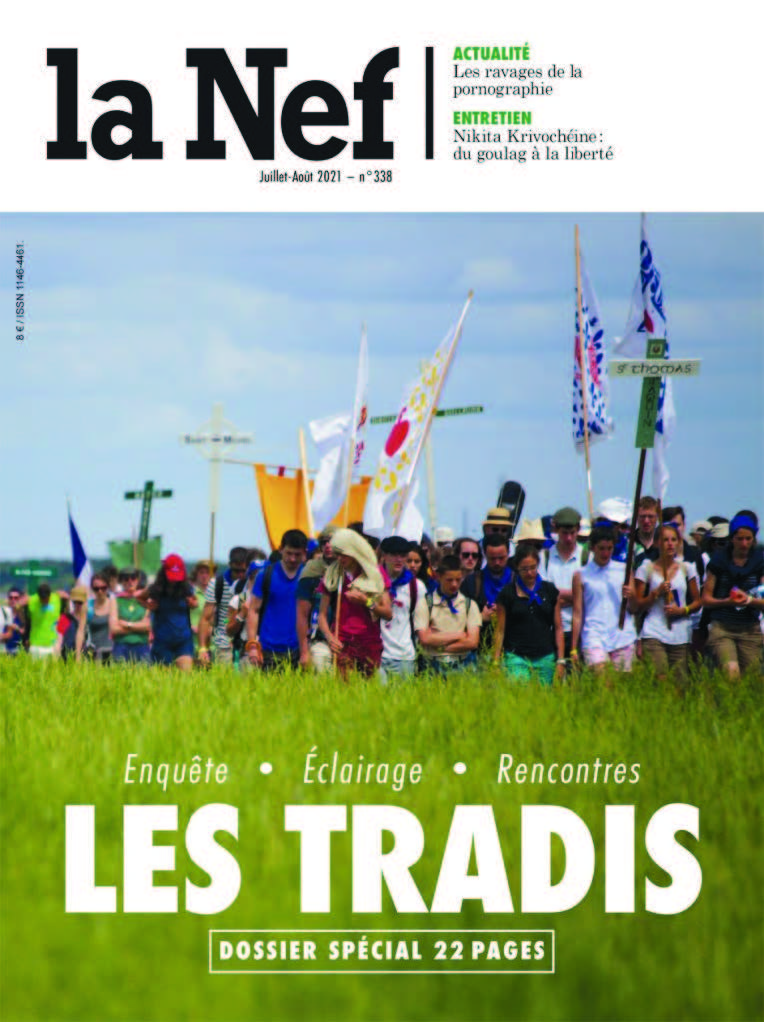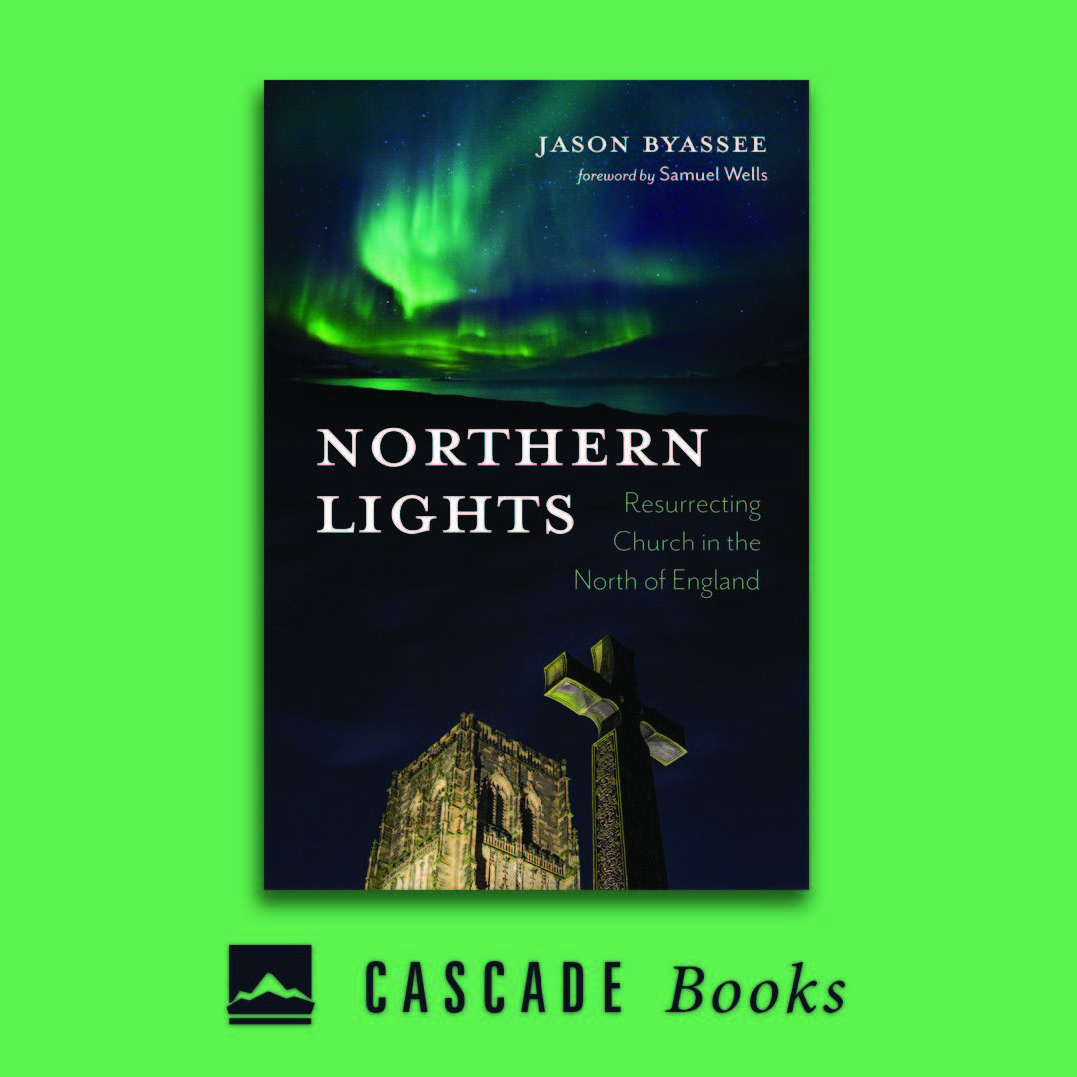
![]() The French Catholic conservative magazine La Nef devotes its July–August issue to an overview of the traditionalist milieu, a movement that has gained wide interest after Pope Francis issued a recent document restricting LaYn Masses. The issue shows that French Catholics in full union with Rome while attached to the pre-Vatican II Mass (Tridentine rite) represent a diverse milieu with a variety of organizations. The movement is unevenly spread across French territory, representing a relatively small minority among practicing Catholics, but it is increasingly a`racYng people who are not exclusively practicing the Tridentine rite. According to a survey conducted by the magazine, there are more than 50,000 Catholics in France who more or less regularly (but not always exclusively) attend Masses celebrated according to the Tridentine rite—around 4 percent of practicing French Catholics. In strongholds such as the Diocese of Versailles, they make up to 15 percent of practicing Catholics. In addition, estimates are that some 35,000 French Catholics are attending places of worship associated with the Society of Saint Pius X (SSPX), founded by the late Archbishop Marcel Lefebvre, which has to this day not reached an agreement with Rome.
The French Catholic conservative magazine La Nef devotes its July–August issue to an overview of the traditionalist milieu, a movement that has gained wide interest after Pope Francis issued a recent document restricting LaYn Masses. The issue shows that French Catholics in full union with Rome while attached to the pre-Vatican II Mass (Tridentine rite) represent a diverse milieu with a variety of organizations. The movement is unevenly spread across French territory, representing a relatively small minority among practicing Catholics, but it is increasingly a`racYng people who are not exclusively practicing the Tridentine rite. According to a survey conducted by the magazine, there are more than 50,000 Catholics in France who more or less regularly (but not always exclusively) attend Masses celebrated according to the Tridentine rite—around 4 percent of practicing French Catholics. In strongholds such as the Diocese of Versailles, they make up to 15 percent of practicing Catholics. In addition, estimates are that some 35,000 French Catholics are attending places of worship associated with the Society of Saint Pius X (SSPX), founded by the late Archbishop Marcel Lefebvre, which has to this day not reached an agreement with Rome.
 Regarding other countries, an article by Jean-Bernard notes that the number of places where the Tridentine Masses are celebrated has markedly increased in the United Kingdom and Germany after the motu proprio Summorum Pontificum in 2007, but even more so in the United States, with a growing number of young priests willing to celebrate both forms of the Roman rite and several hundreds of places with the Tridentine Mass celebrated every week. Besides people who live their spiritual life exclusively around the Tridentine rite, development in recent. years has been the existence of faithful who go to regular Mass in their parish but also to a Tridentine Mass at least once a month. A notable phenomenon in France (where the CharismaYc Renewal and various new communities issued from the Renewal has been influential) is the emergence of the so-called “tradismatics,” believers who find spiritual nourishment both in the Tridentine rite and in periods of prayer and adoration with Catholic charismatic groups—thus bringing together two approaches to Catholicism that rarely met in the 1970s. In an interview with Christophe Geoffroy, Archbishop Eric de Moulins-Beaufort, current chair of the French Bishops’ Conference, also mentions the fact that a significant number of faithful in the traditionalist milieu have actually discovered Catholicism through the Tridentine rite. For more information on this issue, visit La Nef, https://lanef.net/.
Regarding other countries, an article by Jean-Bernard notes that the number of places where the Tridentine Masses are celebrated has markedly increased in the United Kingdom and Germany after the motu proprio Summorum Pontificum in 2007, but even more so in the United States, with a growing number of young priests willing to celebrate both forms of the Roman rite and several hundreds of places with the Tridentine Mass celebrated every week. Besides people who live their spiritual life exclusively around the Tridentine rite, development in recent. years has been the existence of faithful who go to regular Mass in their parish but also to a Tridentine Mass at least once a month. A notable phenomenon in France (where the CharismaYc Renewal and various new communities issued from the Renewal has been influential) is the emergence of the so-called “tradismatics,” believers who find spiritual nourishment both in the Tridentine rite and in periods of prayer and adoration with Catholic charismatic groups—thus bringing together two approaches to Catholicism that rarely met in the 1970s. In an interview with Christophe Geoffroy, Archbishop Eric de Moulins-Beaufort, current chair of the French Bishops’ Conference, also mentions the fact that a significant number of faithful in the traditionalist milieu have actually discovered Catholicism through the Tridentine rite. For more information on this issue, visit La Nef, https://lanef.net/.
![]()
 While the north of England has been considered a secular bastion with few signs of religious vitality, Jason Byassee’s book Northern Lights (Cascade Books, $23) yields surprises that challenge the secular narrative. Byassee, a Methodist pastor and journalist based in Canada, took a year off to study the Christian presence and prospects in such cities as Durham and Newcastle upon Tyne. He acknowledges the strong secularity of the north, with church attendance figures in the single digits, but reports on places and people th at fall below the demographer’s and pollster’s radars (even if his observations are pre-pandemic). For instance, while generally overlooked, he highlights the large attendance characterizing some cathedral worship, including midweek and choral Evensong services, calling this an example of Anglo-Catholic and liberal church growth. The Ugandan-born Archbishop of York, John Sentamu, has drawn crowds to his preaching and charismatic-friendly ministry. In Durham there is a lively and compeYYve church scene, ranging from the city’s large and historic cathedral to a variety of Anglican expressions and churches outside the established church. The innovation of “resource churches” in the C of E, where certain parishes are funded and equipped to assist struggling churches and clergy, has been effective in this area. Byassee finds that Alpha, an evangelical outreach movement based on introductory classes on Christian basics, has made its way to the north from its London base through an extensive church-planting network.
While the north of England has been considered a secular bastion with few signs of religious vitality, Jason Byassee’s book Northern Lights (Cascade Books, $23) yields surprises that challenge the secular narrative. Byassee, a Methodist pastor and journalist based in Canada, took a year off to study the Christian presence and prospects in such cities as Durham and Newcastle upon Tyne. He acknowledges the strong secularity of the north, with church attendance figures in the single digits, but reports on places and people th at fall below the demographer’s and pollster’s radars (even if his observations are pre-pandemic). For instance, while generally overlooked, he highlights the large attendance characterizing some cathedral worship, including midweek and choral Evensong services, calling this an example of Anglo-Catholic and liberal church growth. The Ugandan-born Archbishop of York, John Sentamu, has drawn crowds to his preaching and charismatic-friendly ministry. In Durham there is a lively and compeYYve church scene, ranging from the city’s large and historic cathedral to a variety of Anglican expressions and churches outside the established church. The innovation of “resource churches” in the C of E, where certain parishes are funded and equipped to assist struggling churches and clergy, has been effective in this area. Byassee finds that Alpha, an evangelical outreach movement based on introductory classes on Christian basics, has made its way to the north from its London base through an extensive church-planting network.
Even Byasssee’s own Methodism, which has almost “evaporated” in such once-prominent strongholds as Newcastle and other industrial northern cities, has seen growth, o^en through challenging a traditional system that disincentivizes expansion by making growing churches pay for declining ones. Byassee also reports on the growth of congregations ministering to the large Iranian immigrant population in the north, as well as a church-run health clinics iniYaYve, as new avenues of outreach. He seems most optimistic about the Fresh Expressions model and its offshoot, Messy Church, movements that plant often unconventional and post-modern congregations inside and out of the C of E, since they empower people (a group of skateboarders, for instance) to start congregations with little overhead or structure and are appealing to people on the edges of the established church—a place where most people in the secular north are today.